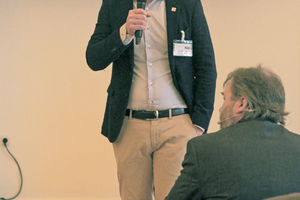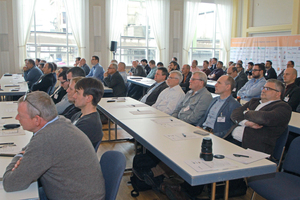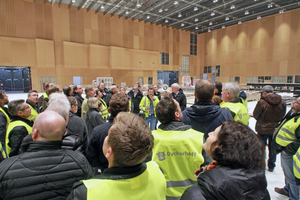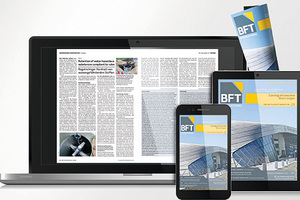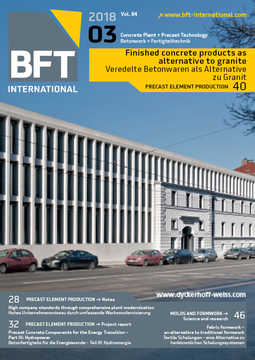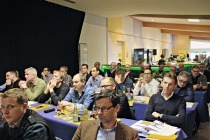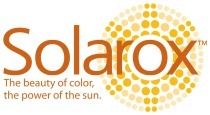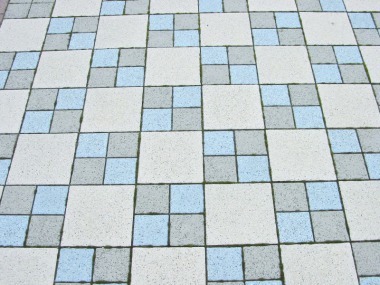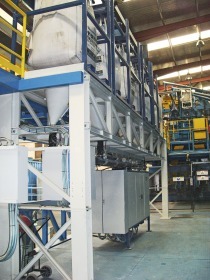2018 Plant Manager Conference – an all-round, multi-colored success
There are events whose success can almost be taken for granted, including the annual Plant Manager Conference organized by the SLG. Each year, this events consistently attracts about 100 plant managers, machine operators, managing directors and other attendees representing the German concrete products industry and its suppliers. One of the main reasons why so many people meet there on a regular basis is the opportunity for them to share their experience and expertise with industry peers. However, the success of the SLG Plant Manager Conference is virtually guaranteed mainly because its organizers never fail to compile an attractive, varied conference agenda that includes both continuing training sessions and a social program.
This was also true for this year’s edition held on 25 and 26 January. This time, Dyckerhoff GmbH hosted the event and invited attendees to Wiesbaden. On the first day and the first half of the second day, the Dyckerhoff Information Center at the premises of the Amöneburg cement plant provided the venue for a series of conference presentations. This year’s program concentrated on colored concrete pavers and was sponsored jointly by the host and Harold Scholz & Co. GmbH.
From gray to CSA cement
In the first presentation, Klaus Neu, construction consultant at Dyckerhoff, referred to gray cements for concrete products. Initially, he gave an overview of how requirements for concrete products have evolved in the course of several decades, starting at the end of the 1950s, including the shift from compressive strength to splitting tensile strength as the key criterion upon the adoption of DIN 1338 and DIN 1339. Neu concluded his lecture by the recommendation to use cements with a relatively low strength class, such as a CEM 42.5, in larger quantities whilst ensuring a lower w/c ratio in the core mix.
The dual presentation delivered by Dipl.-Ing. Stefan Heeß and Dipl.-Ing. Christian Bechtoldt dealt with white cements and special binders for sophisticated mix designs. Among other points, the experts reminded attendees of the Helio Clean project, which involved a test area paved at the Dyckerhoff premises in Wiesbaden that consists of concrete blocks with a surface to which titanium dioxide was applied. In 2012, measurements revealed an NOx reduction of 50%, whereas this decrease still amounted to 30% in 2016. In the coming years, the degree of NOx reduction will be measured at another demonstrator comprising building façade panels and concrete pavers laid in front, part of which were also treated with titanium dioxide. Heeß and Bechtoldt also referred to the topic of calcium sulfoaluminate (CSA) cements, which can improve the carbon footprint of concrete. Buzzi Unicem Group, of which Dyckerhoff is a member, has conducted extensive research into this type of cement and subsequently launched the “Next Base” CSA cement, which is now part of its product portfolio. CSA cements provide a high early strength, low shrinkage, and high sulfate resistance.
The contest of pigment types
The dual presentation delivered by Dr. Peter Weber and Helmut Faber, of Harold Scholz & Co. GmbH, was dedicated to the “contest of pigment types” and referred to the various types of commonly used pigments, as well as to the ongoing development of pigment dosing. To name but one example, Weber presented the newly developed ETD granular pigment. According to Weber, it disintegrates more rapidly than conventional granular materials. Furthermore, it develops up to 100% tinting strength, which also significantly exceeds the performance of conventional granular pigments. After an in-depth account of recent advances in pigment dosing, Faber introduced the GraPaDos granule dosing system developed by Harold Scholz. According to him, one of its major benefits is that it eliminates the need for piping commonly installed underneath the pigment containers thanks to the weighing system moving back and forth below the containers and “collecting” the pigments. This design makes it possible to reduce equipment heights and widths. Also, each of the containers incorporated in the unit provides 1.5 times the capacity of a big bag.
The second conference day was opened by Sebastian Stein, of Rhein-Chemotechnik GmbH. His presentation on requirements for the production process of colored concrete products included a detailed account of the specific difficulties encountered in each production step, including dosing accuracy and timing, aligning concrete volume and mixing cycles with the block machine’s cycle, and the influence that condensation and evaporation have on the face mix in the climate chamber.
Ard-Jan Derkink, of Rekers GmbH Maschinen- und Anlagenbau, then presented systems commonly used to produce multicolored concrete products, including the most popular Color Mix drawplate, which is also suitable for retrofitting block machines, and the color blending system, which can be integrated in Rekers production equipment to enable the exact dosing and placement of up to six different color blends on the concrete mix.
The human factor – a safety risk
The second conference day was rounded off by Manfred Müller, Head of Aviation Safety Research at Lufthansa AG. In his very entertaining talk, he reminded conference attendees of the risks posed by the production process and of how to mitigate them.
Yet the 2018 SLG Plant Manager Conference included even more attractions as part of the social program: On the evening of the first conference day, attendees visited the construction site of the RheinMain Congress Center (RMCC) in Wiesbaden, which is currently nearing completion. Its outdoor areas were paved with attractive concrete blocks supplied by Rinn. The second highlight of the event was a visit to the Wilhelm Dyckerhoff Institute at the end of the second day.
Dyckerhoff hosted and organized the entire event so smoothly that all attendees felt extremely comfortable. To name but one example of the exceedingly attentive planning and organization, conference attendees were served a freshly draught beer before dinner at the restaurant entrance right upon returning from the site visit.
Text: Christian Jahn, M. A.

